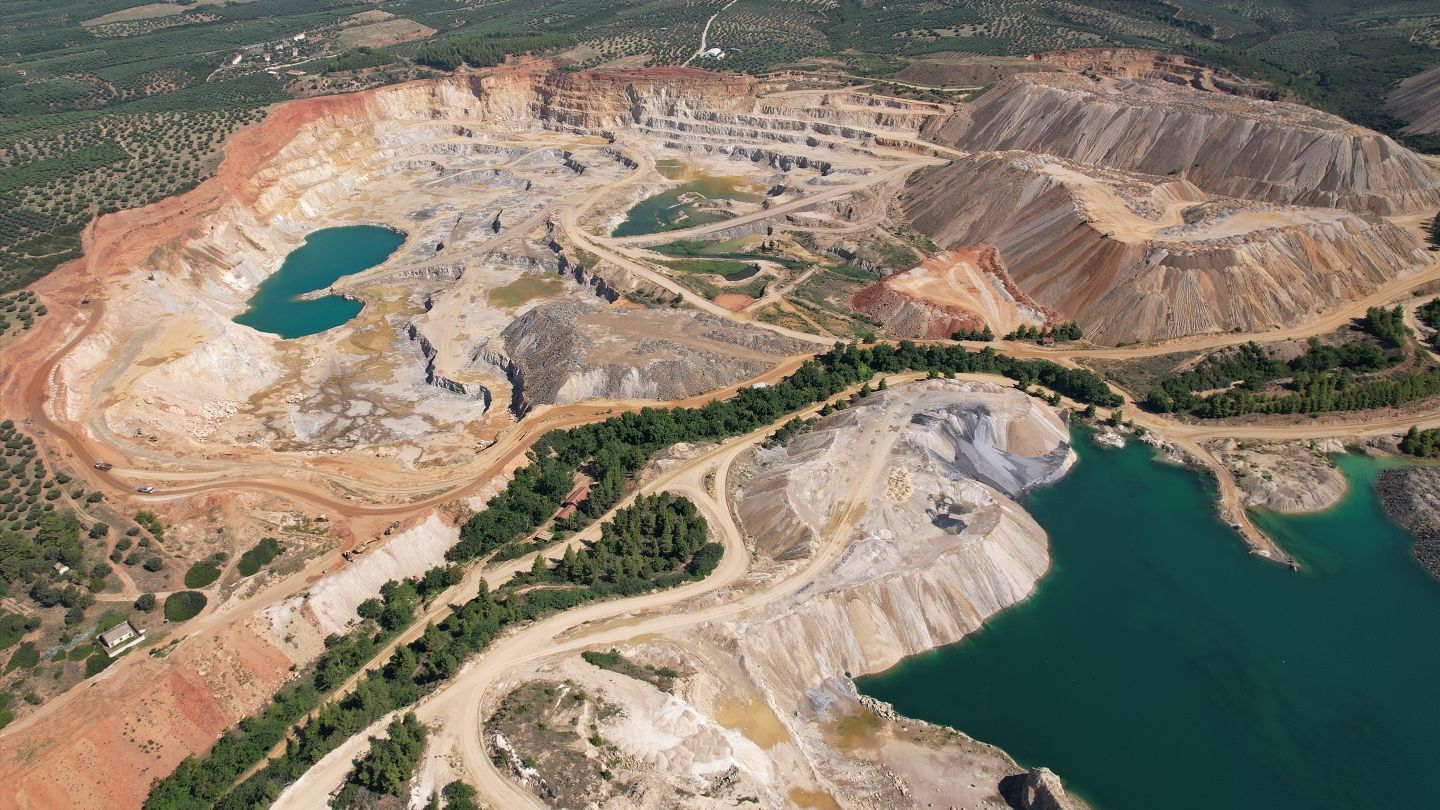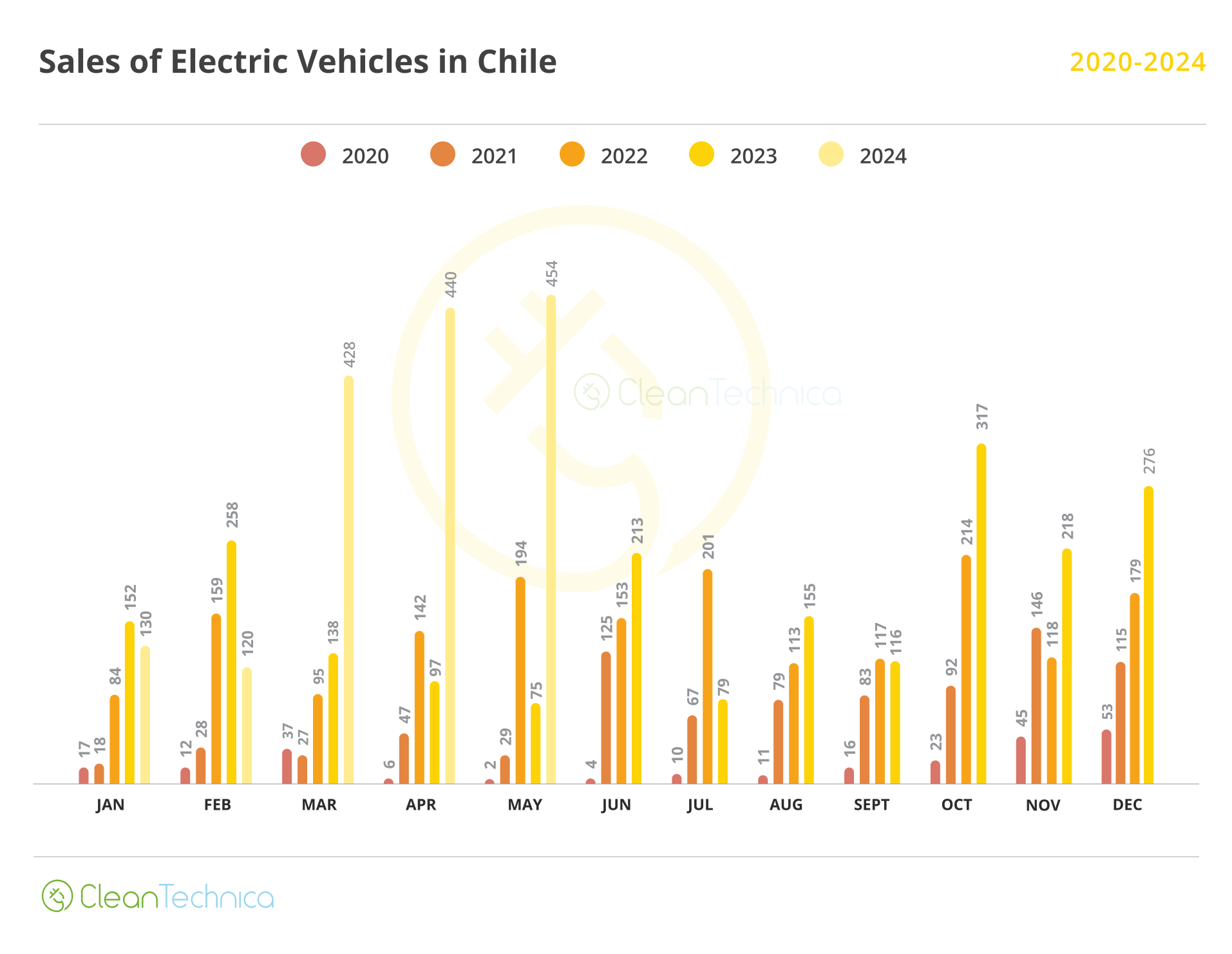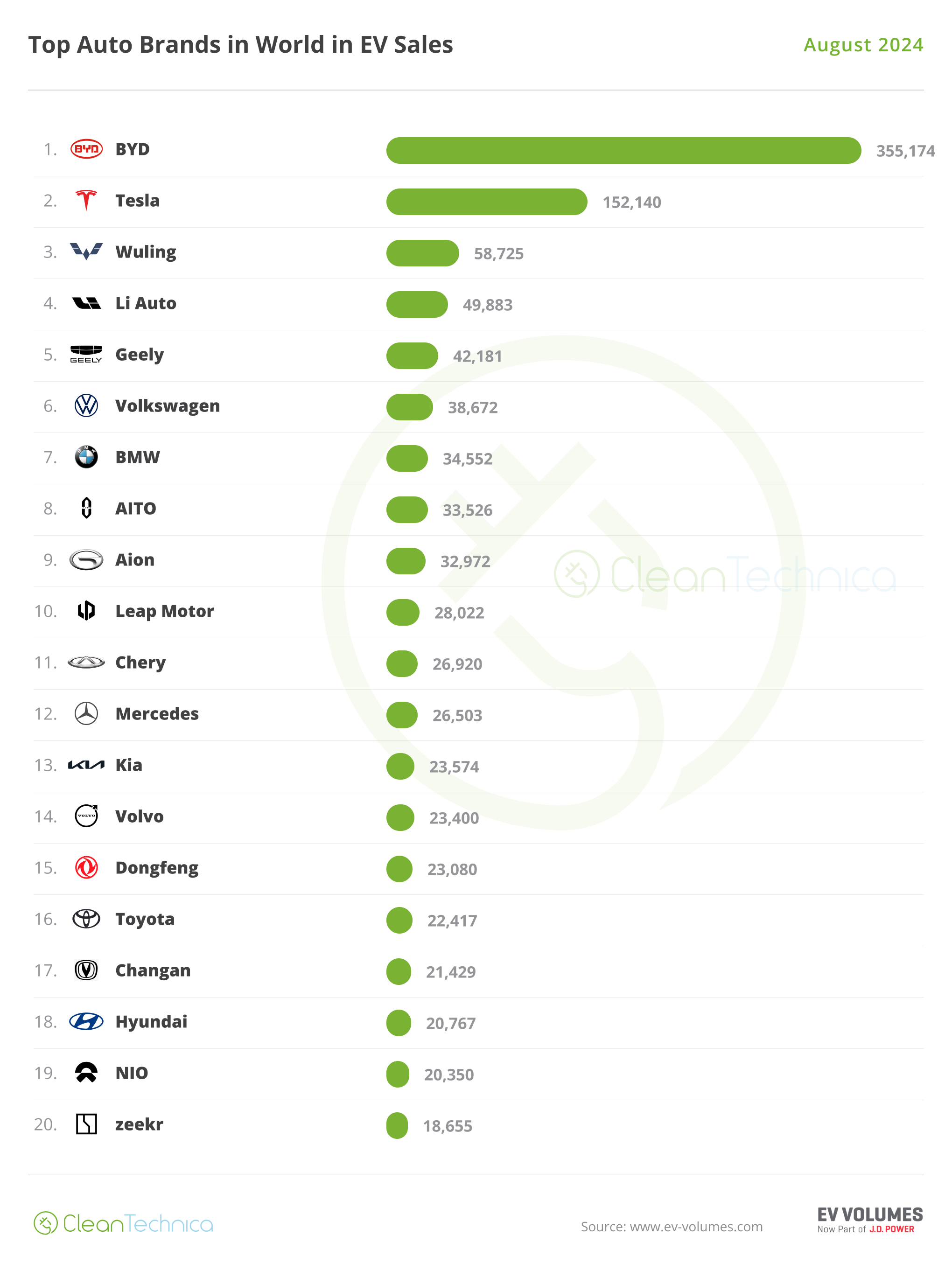Sign up for daily news updates from CleanTechnica on email. Or follow us on Google News!
By now, everybody knows that attempting to grab your neighbor’s land for its oil and gas assets can blow up in your face. That’s what happened to Russia when it invaded Ukraine. Instead of cementing its position in the global fossil fuel economy, Russia is losing the renewable energy race at its own back door, with offshore wind power in the Baltic Sea as Exhibit A.
Poland Cranks Up Baltic Sea Supply Chain
In terms of the European offshore wind industry, the North Sea has grabbed most of the spotlight. Nine North Sea countries have already put about 30 gigawatts’ worth of wind turbines in the water. That gives them a head start on a 2030 goal of 120 gigawatts, towards a total of 300 gigawatts by 2050.
Still, the Baltic Sea is no slouch. The figure of 93 gigawatts in total overall offshore capacity is commonly cited, making it the second-largest basin for offshore wind development in Europe after the North Sea.
Activity has begun to pick up in the Baltic Sea and Vestas, for one, is confident that many of those 93 gigawatts are ripe for the picking.
The company has just announced plans to establish a new factory in Szczecin, Poland to produce the massive blades for its newest offshore wind turbine, the 15-megawatt V236. The blade are 115.5 meters long or about 379 feet, which is quite a bit longer than a football field.
The blade operation will complement Vestas’s plans to establish another factory nearby in Szczecin to assemble the nacelles, which are the structural elements housing the machinery at the top of the turbine.
The COO of Vestas, Tommy Rahbek Nielsen, did not mince words about the company’s ambitions for Poland and the rest of the offshore market. “Vestas intends to lead the development of a sustainable supply chain in Europe that can deliver the scale needed to meet the expected growth in demand for offshore wind,” he said in a press statement.
“Poland has a highly skilled labour force and growing wind industry that can become an offshore hub for the Baltic Region and the rest of Europe,” chipped in Nils de Baar, President of Vestas Northern and Central Europe.
Vestas also took the occasion to re-affirm its faith in the renewable energy future of Poland and the rest of the EU. “Vestas’ manufacturing footprint strategy is to prioritise markets where there’s long-term certainty around market conditions and we have secured a sustainable order volume,” the company stated.
Russia Misses The Baltic Sea Offshore Wind Boat
Vestas’s confidence in the market is one thing, but the looming shadow of Russia is another. Russia is a Baltic Sea nation, though almost all of its Baltic coast is located far to the north, on the Gulf of Finland. Another sliver of Russian coast is located farther south on the Baltic Sea proper, in the form of Kaliningrad Oblast.
Kaliningrad is completely separated from Russian by a U-shape buffer consisting of Lithuania and Poland, with Belarus adding another layer of separation to the east. Nevertheless, it is a year-round ice-free seaport, making it a good candidate to establish a Russian offshore wind industry in the Baltic Sea.
Kaliningrad also happens to be the home port of the Russian Navy’s Baltic Fleet, and the situation is already awkward enough. All but one of the other Baltic Sea nations — Denmark, Estonia, Finland, Germany, Latvia, Lithuania, and Poland — are members of NATO, the North Atlantic Treaty Alliance, and they are getting mighty concerned about Russian aggression beyond Ukraine. The remaining Baltic Sea state, Sweden, expects to have its NATO membership application approved later this year.
Besides that, Russia has not established a promising track record on wind energy, especially not offshore. In 2016 CleanTechnica took note of a proposal to build a 60-megawatt offshore wind farm in the White Sea under the wing of the Chinese energy firm Sinomec Li Yan. It would have been the very first such offshore project in Russia but the idea seems to be stuck in limbo somewhere.
If you have any update on that, drop us a note in the comment thread. Meanwhile, Russia’s offshore wind activity seems to consist mainly of preparing to knock down the efforts of other nations. In April of 2023, the BBC and other public broadcasters in Denmark, Norway, Sweden and Finland accused Russia of disguising surveillance equipment in fishing trawlers and “mapping key sites for possible sabotage” in the North Sea, with a particular focus on wind farms. A report in Reuters last fall also indicates that concerns over wind turbine security are growing.
Baltic Sea Wind Power Blasts Off
Despite the security issues, the overall Baltic offshore wind industry shows no signs of slowing down.
“In terms of EU energy independence, the Baltic Sea is a game changer. The European Commission estimates that 93 gigawatts of offshore wind could produce 325 terawatt-hours per year, or about 30% of the total energy consumption of Baltic nations as of 2016,” we noted back in August of 2022.
Germany and Denmark certainly got the memo. The two nations have been collaborating on a Baltic wind development initiative, as a key part of an elaborate roadmap for breaking fossil energy ties with Russia.
“The aim is to establish offshore wind as the ‘Green Power Plant of Europe,’ leveraging both the North Sea and the Baltic Sea,” we noted.
“Denmark and Germany have already gotten the ball rolling. A newly announced interconnection to Denmark’s planned offshore hub will enable Germany to access at least 3 gigawatts of Baltic Sea wind,” we noted.
“Sweden and other Baltic nations are already jumping on the electrofuel bandwagon. Denmark and Germany have also laid the groundwork for a Power-to-X industry, and the Action Plan commits them to further development,” we added, referring to the use of renewable energy to produce green hydrogen.
In May of 2022, we also noted a link between Sweden’s interest in joining NATO and its plans to develop two wind farms in the Baltic Sea.
“No wonder Sweden is suddenly keen on the idea of joining NATO,” we observed. “The famously neutral nation is getting ready to park 4.75 gigawatts worth of floating offshore wind turbines in the Baltic Sea, which happens to be the stomping grounds of the Baltic Fleet of the Russian Navy, which is apparently revving up operations in the region.”
Activity has been picking up in the two years since 2022. Among the latest news, Ibderola is working on a 476-megawatt wind project for Germany off the Baltic Sea island of Rügen Island, with commissioning expected later this year.
A 700-megawatt wind project is also in the works for Lithuania, under a partnership between Ignitis Renewables and Ocean Winds. Clocking in as the largest ever energy project in Lithiuania, the new wind farm alone is expected to meet 25% of the country’s current electricity demand. Apparently the developers are in a race with Ibderola to see who can commission their project first.
The 1.14-gigawatt Baltic Power project off the coast of Poland is also currently under construction with a startup date of 2026 in sight.
With all these projects in mind, the intertwining of offshore wind with national security could become yet another hotspot in European-Russian relations, so hang onto your hats.
Follow me @tinamcasey on Bluesky, Threads, Post, and LinkedIn.
Image (cropped): Offshore wind turbines (the V236-15.0 MW™) courtesy of Vestas.
Have a tip for CleanTechnica? Want to advertise? Want to suggest a guest for our CleanTech Talk podcast? Contact us here.
Our Latest EVObsession Video
I don’t like paywalls. You don’t like paywalls. Who likes paywalls? Here at CleanTechnica, we implemented a limited paywall for a while, but it always felt wrong — and it was always tough to decide what we should put behind there. In theory, your most exclusive and best content goes behind a paywall. But then fewer people read it!! So, we’ve decided to completely nix paywalls here at CleanTechnica. But…
Thank you!
CleanTechnica uses affiliate links. See our policy here.




